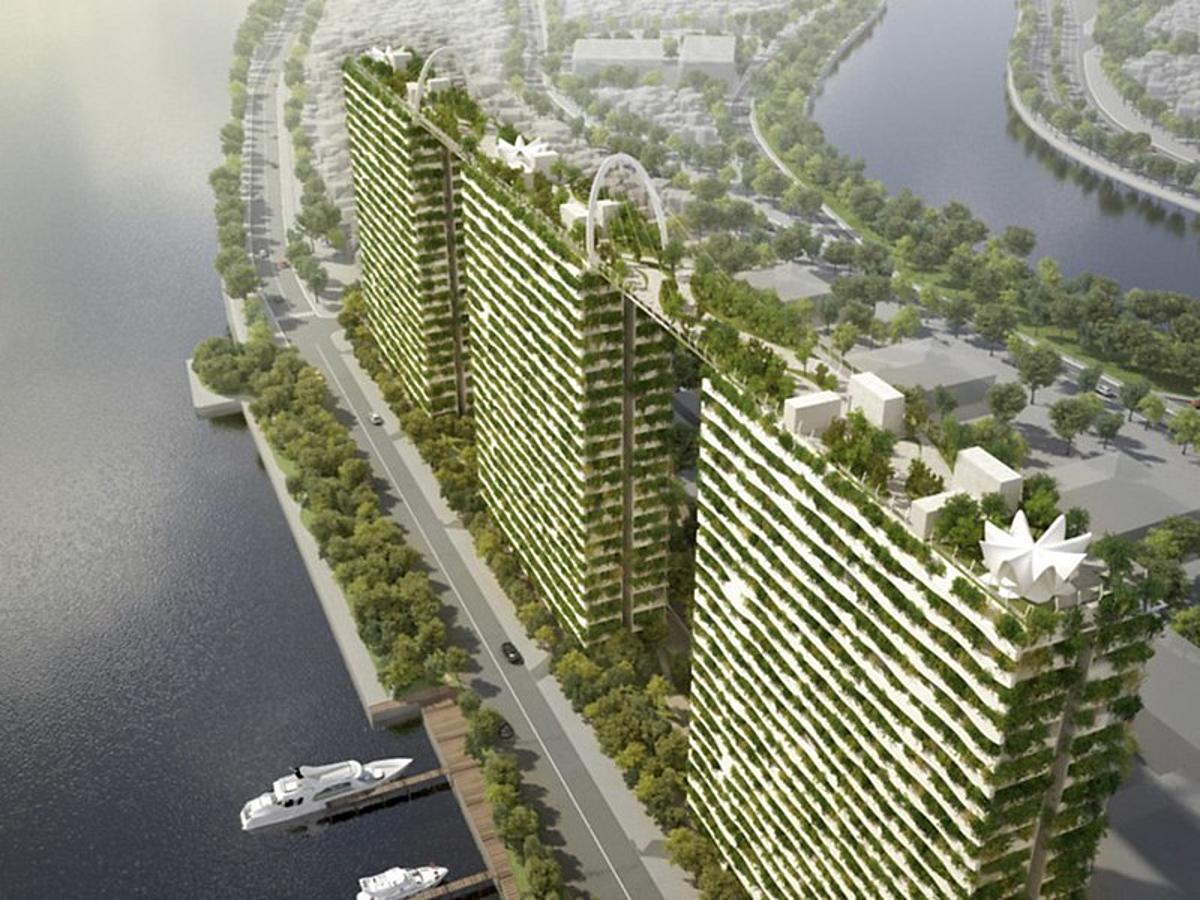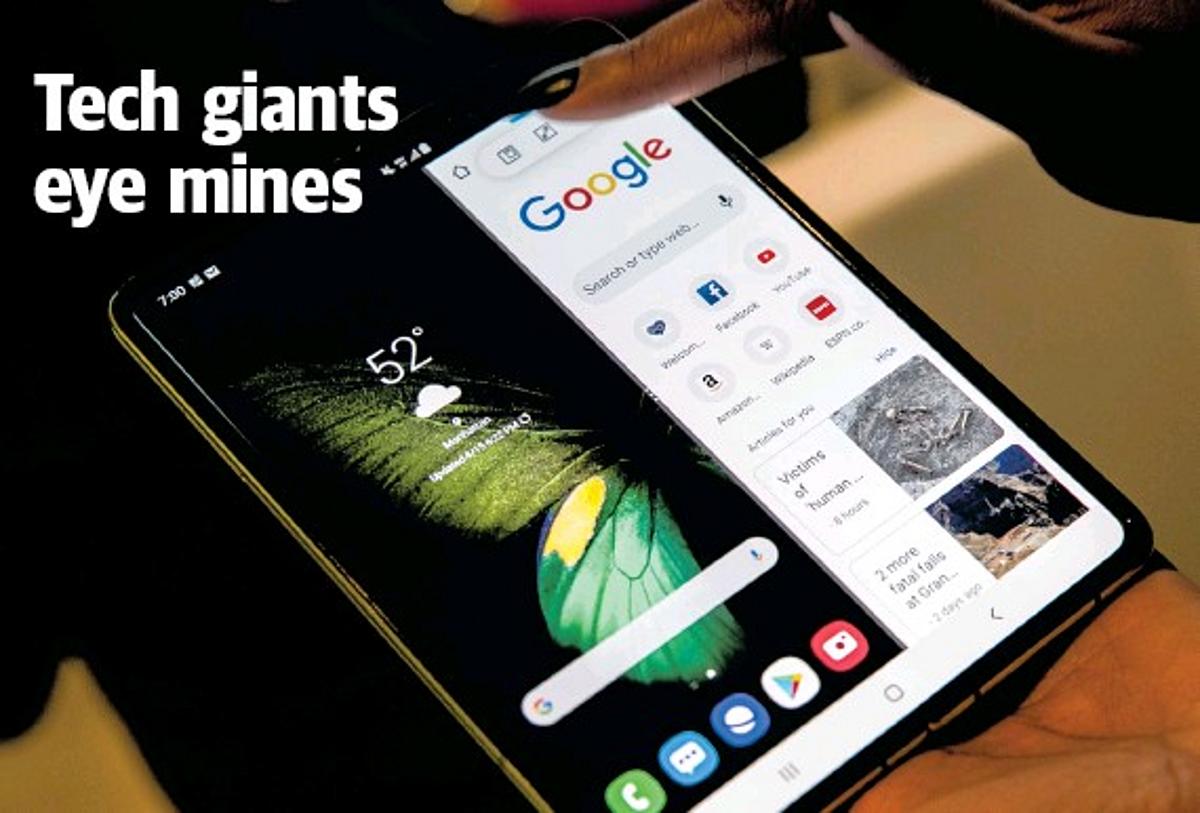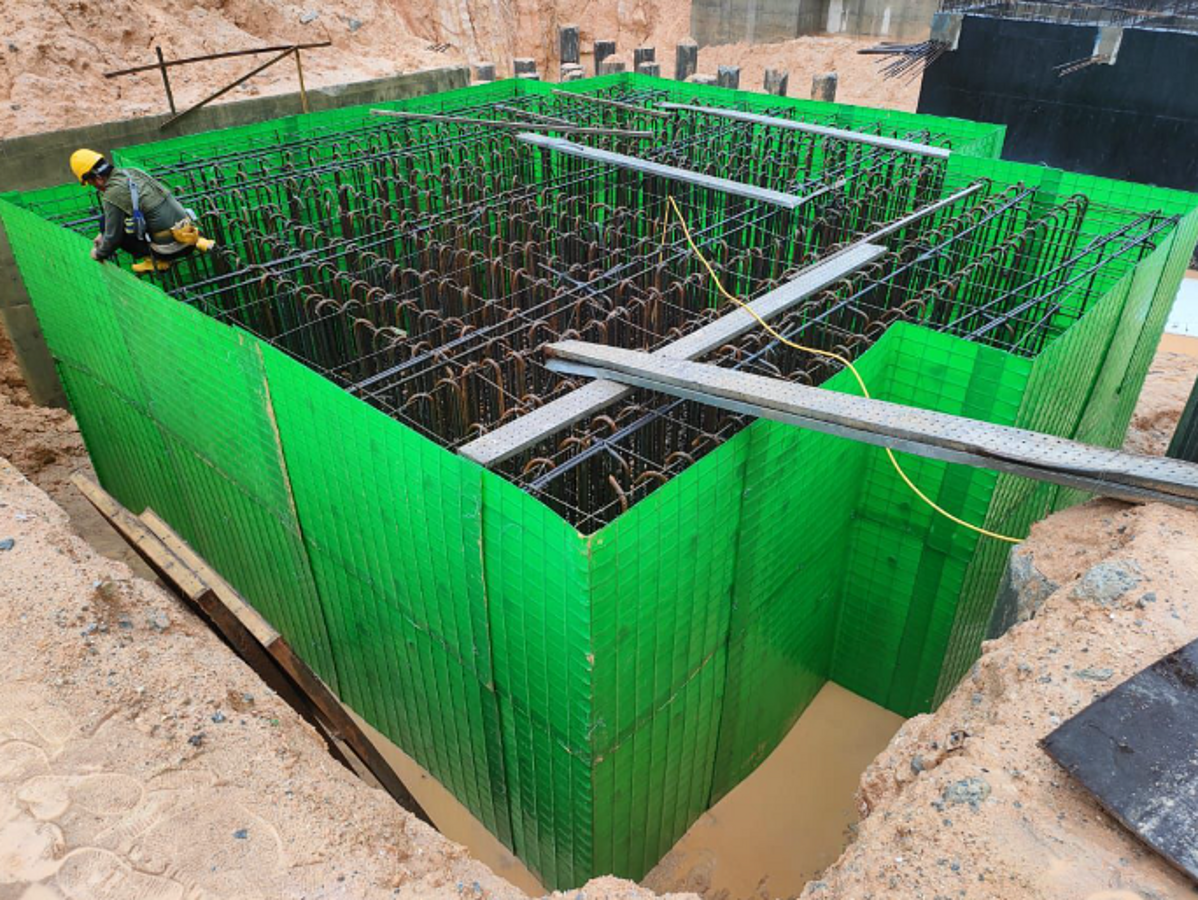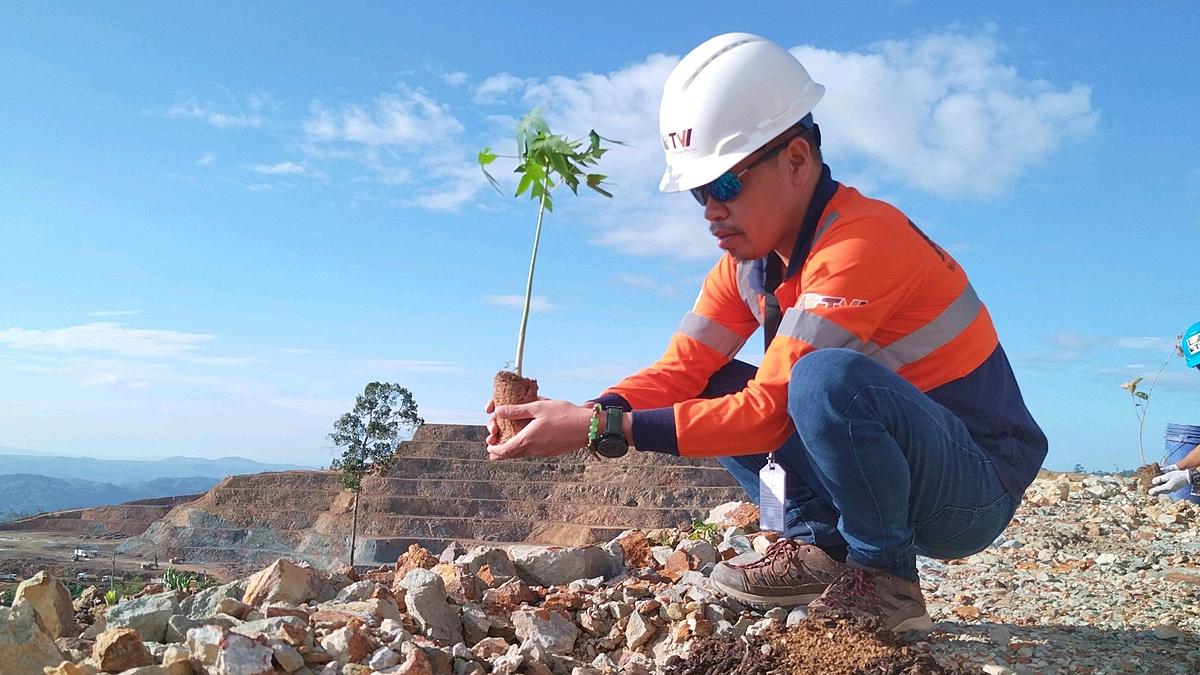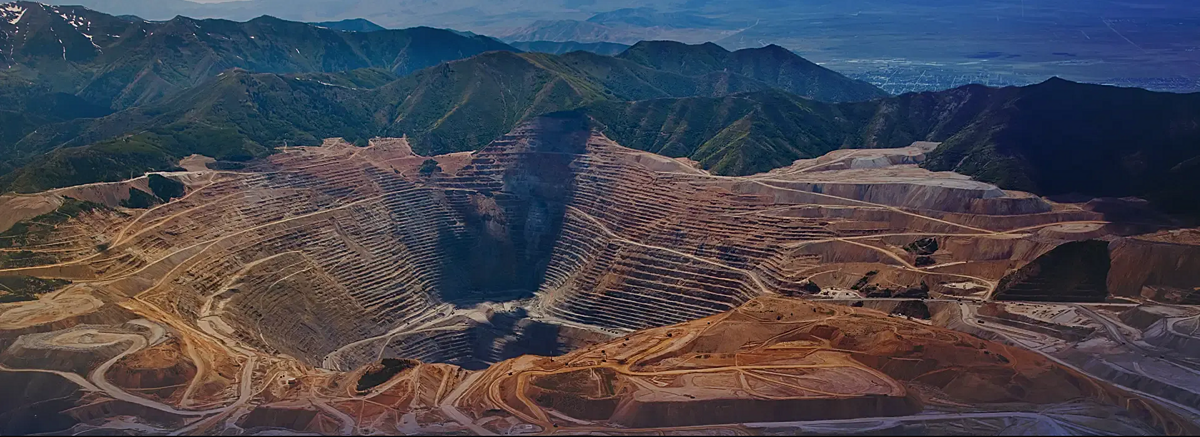By Marcelle P. Villegas
Have you ever lived in a neighborhood where the house beside you is under construction? Occasionally, you will hear loud noises and the air is filled with heavy fumes and industrial dust particles. This is a typical scenario from a construction site. You are lucky if your neighbor is building a small house and construction activities happen during daytime. Imagine living in a place where you are surrounded by multiple constructions of skyscrapers, and building operation happens 24/7.
In this fast-paced, modern world, the presence of high-rise buildings is often seen as indicators of progress. Although constructions are intended to make life better on this planet, Bill Gates presented an alternative view in his article “Building Boom: Buildings are bad for the climate”. [1]
“Besides the traffic and the weather, we Seattleites love to talk about all the construction going on in our city. The downtown skyline is full of cranes, and it seems like the building never stops. By the end of the year, 39 new projects will have been completed in downtown Seattle alone, and there are plans for more than 100 others to be finished in the next two years,” Gates wrote.
Other than Seattle, the same scenario happens in other places in the world. He stated that the rise in global population causes urban areas around the world to boom. Thus more buildings are being built rapidly. He predicted, “By one estimate, the world will add 2 trillion square feet of buildings by 2060—the equivalent of putting up another New York City every month for the next 40 years.” [1]
This statistics is both good and bad. Gates mentioned that “living in the city generally equates to a higher quality of life” where everyone can enjoy the benefits of having better schools, health care and job opportunities. “The bad news is that the buildings themselves are a big contributor to climate change, and one of the five areas where we need to drive a lot of innovation if we’re going to avoid a climate disaster,” said Gates.
Solving the problem of building emissions is important in protecting the environment. Buildings are responsible for greenhouse gases, first during construction stage. “Buildings are made of concrete and steel, both of which produce a lot of emissions when they’re being made. In fact, these two materials account for around 10 percent of the world’s annual greenhouse gases. And right now, we don’t have practical ways to make either one without releasing carbon dioxide.” [1]
Gates mentioned a company called Boston Metal who is developing ways to make zero-carbon steel using electricity instead of coal. Another company, CarbonCure has a smart approach in injecting carbon dioxide into concrete. Both companies are funded by Breakthrough Energy Ventures (or BEV), a $1 billion fund led by Bill Gates which aims to support these kinds of technologies. BEV was founded in 2016 and the fund’s pursuits are supported by Reliance’s Mukesh Ambani, Amazon’s Jeff Bezos, SoftBank’s Masayoshi Son, former NYC mayor Michael Bloomberg, Virgin’s Richard Branson, and Alibaba’s Jack Ma. [2]
After a building is made, it continues to contribute to climate change with its ongoing operations. “It’s natural to think of lights and appliances like TVs as the biggest energy hogs, but they’re not: It’s actually heating and cooling. If you live in a typical American home, your air conditioner is the biggest consumer of electricity you own—more than your lights or refrigerator.”
Moreover, he said, “Worldwide, there are 1.6 billion A/C units in use. And that number will skyrocket as the world gets richer, more populous, and hotter; by 2050, there will be more than 5 billion A/Cs in operation.”
Other than air conditioning, the use of heaters is another issue. Most heaters run on electricity while others run on fossil fuels (like oil and natural gas). “The best solution—from a climate point of view—is to electrify as much as we can (again, while decarbonizing the power grid) and supply the rest with zero-carbon fuels, like hydrogen fuels or advanced biofuels. Right now, though, these alternatives cost two to three times more than conventional fuels, so we’ll need a lot of innovation to make them more affordable.”
Gates mentioned some innovative technologies that could help buildings use energy more efficiently. He cited the use of “smart glass” for windows which automatically turns darker when the room needs to be cooler, and it turns lighter when it needs to be warmer.
“And BEV has invested in a company called 75F, which uses wireless sensors to measure temperature, humidity, darkness, and other factors and then uses the information to adjust heating, cooling, and lights. They’ve found that this system can cut a building’s energy use by 50 percent,” according to Gates.
Most counties have adopted the use of certifications for product safety and quality. However, do these labels reveal how much energy it can save or the amount of greenhouse gas emission is it responsible for? Often, these certifications cannot provide such information or guarantees.
This is where a tool called EC3 can help out. EC3 stands for Embodied Carbon in Construction Calculator. This is an easy-to-use tool that allows benchmarking, assessment and reductions in embodied carbon, and “focuses on the upfront supply chain emissions of construction materials”. [3]
EC3 can tell us how much carbon was used to produce steel, cement, and other materials made by companies that volunteer in providing this information. “This data will be even more important in the years ahead; right now, 80 to 90 percent of emissions come from running the building over its lifetime, but as we use cleaner sources of electricity and make buildings more efficient, the emissions from construction materials will represent a larger share of the total.”
“Finally, we can strengthen our building codes to ensure that buildings are designed to be not only energy efficient, but built with low-carbon materials. Unfortunately, some rules actually make it hard to use these materials. For example, if you want to put concrete in a building, the building code might define the precise chemical composition of the cement you can use in it. But that standard may rule out low-emissions cement, even if it performs just as well as the conventional kind.”
“Obviously, no one wants to see buildings and bridges collapsing because we relaxed our codes too much. But we can make sure the standards reflect the latest advances in technology, and the urgency of getting to zero emissions.”
Reference:
[1] Gates, Bill (28 Oct. 2019). “Building Boom: Buildings are bad for the climate”. Gates Notes - The Blog of Bill Gates. Retrieved from - https://www.gatesnotes.com/Energy/Buildings-are-good-for-people-and-bad-for-the-climate
[2] Rathi, Akshat (26 Aug. 2019) “Bill Gates-led $1 billion fund expands its portfolio of startups fighting climate change”. Quartz. Retrieved from - https://qz.com/1693546/breakthrough-energy-ventures-expands-its-portfolio-to-19-startups/
[3] Retrieved from - https://www.buildingtransparency.org/en/

